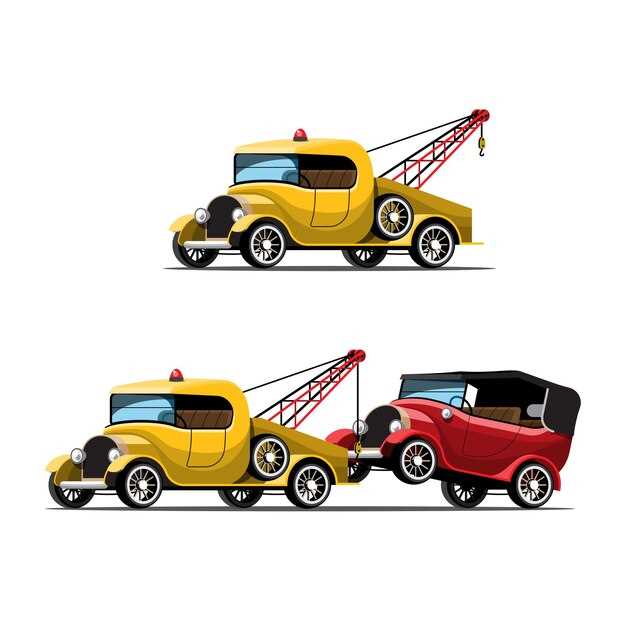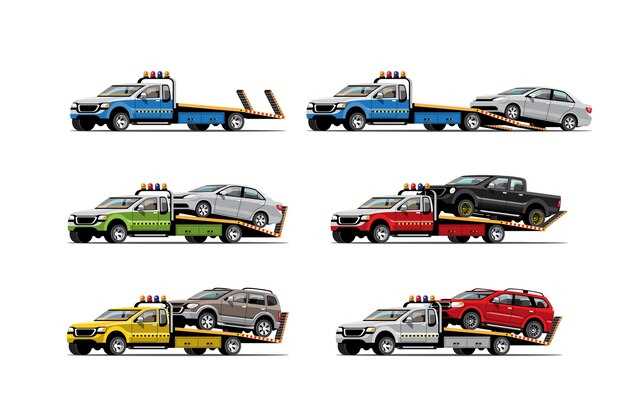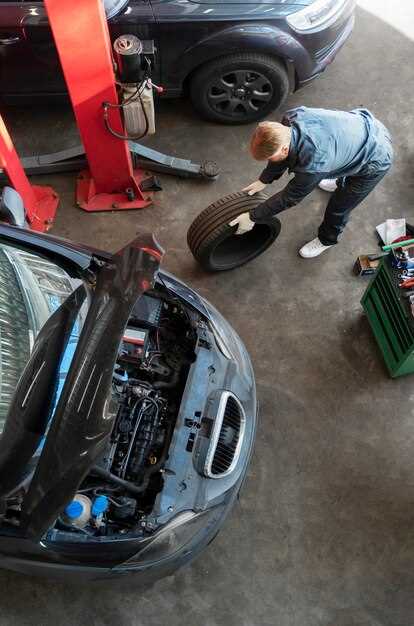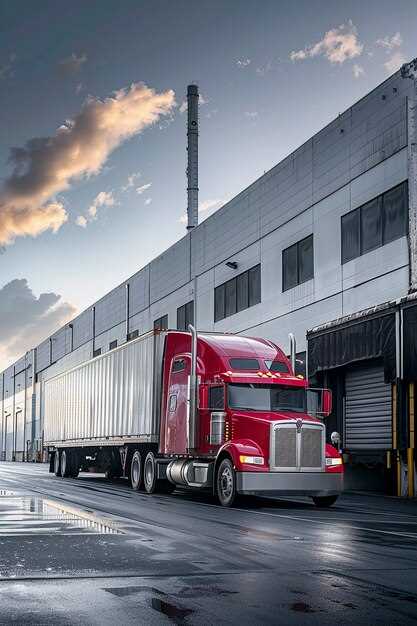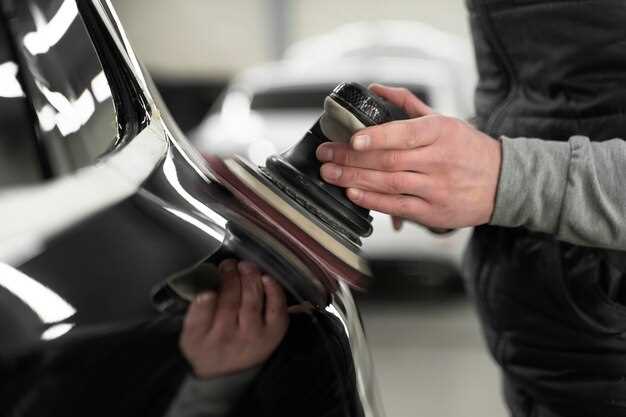
When it comes to purchasing a vehicle, one of the most significant factors to take into account is the cost of maintenance. Owning a car is not just about the initial purchase price; ongoing expenses can add up quickly, making the choice of a reliable and affordable used car essential for budget-conscious buyers. This article explores some of the top used cars known for their low maintenance costs, ensuring you make an informed decision.
Choosing a vehicle that requires less frequent repairs and reasonably priced parts can save you a substantial amount of money in the long run. Reliability and durability are paramount when selecting the right used car, particularly if you’re looking to minimize unexpected expenses. By highlighting models that have consistently ranked high in owner satisfaction and low in overall upkeep, this guide aims to assist you in narrowing down your options.
In the following sections, we will examine various used car models that combine affordability with practicality. Each of these cars has been vetted based on factors such as average maintenance costs, reliability ratings, and owner reviews, allowing you to focus on options that not only fit your budget but also promise longevity and minimal hassle.
Best Models with Proven Reliability and Affordable Repairs

When considering used cars with low maintenance costs, selecting models renowned for their reliability is crucial. Below are some of the best options that have proven track records in terms of durability and affordability regarding repairs.
Toyota Corolla: Known for its exceptional reliability, the Toyota Corolla consistently ranks high in customer satisfaction. With minimal maintenance needs and parts that are readily available, it remains an economical choice for budget-conscious buyers. Regular oil changes and brake replacements are typically the extent of its maintenance.
Honda Civic: The Honda Civic has a reputation for reliability and longevity, often surpassing 200,000 miles with proper care. Its straightforward design ensures that repairs are easy to manage and affordable. Common repairs also tend to be low-cost, which adds to its overall value.
Subaru Outback: For those seeking versatility and reliability, the Subaru Outback is a strong candidate. Its all-wheel drive system is ideal for various terrains, and maintenance costs remain reasonable. Routine services like tire rotations and brake work are often much more affordable than in other SUVs.
Ford Fusion: The Ford Fusion is another popular choice among used cars for its reliable performance and cost-effective repairs. With a solid engine lineup, maintenance typically involves straightforward tasks that won’t break the bank. Its parts are widely available, making repairs convenient and cost-efficient.
Hyundai Elantra: The Hyundai Elantra offers an impressive warranty, which translates to lower repair costs for the buyer. Its reliability ratings are solid, and it requires less frequent maintenance compared to many competitors. Routine inspections and part replacements are usually budget-friendly.
Nissan Sentra: The Nissan Sentra is celebrated for its dependable performance and low maintenance expenses. This compact sedan tends to have fewer mechanical issues, resulting in less frequent repairs. Its user-friendly design also makes DIY maintenance tasks simpler.
By choosing any of these models, you can enjoy peace of mind knowing that you are investing in a vehicle that offers both reliability and affordable maintenance, ensuring longevity and savings over time.
Key Features to Look for in Low-Maintenance Vehicles
When searching for a low-maintenance vehicle, several key features can help ensure long-term reliability and reduced costs. Firstly, consider the vehicle’s engine type; a simple, naturally aspirated engine is typically easier and cheaper to maintain than a complex turbocharged or hybrid engine. Fewer moving parts translate to fewer potential failures.
Another crucial aspect is the availability of parts. Opt for models from manufacturers known for their reliability and widespread parts availability. Vehicles from popular brands tend to have more accessible replacement parts, which can significantly lower repair costs.
Moreover, review the vehicle’s maintenance schedule. Models with extended service intervals require less frequent maintenance, resulting in savings on oil changes and other routine services. Additionally, a well-documented maintenance history indicates that the vehicle has been adequately cared for, which can help prevent future issues.
Fuel efficiency is another essential feature. Vehicles that consume less fuel not only save money at the pump but often require less frequent servicing related to fuel system issues. Look for cars that have a reputation for low fuel consumption.
Additionally, focus on the vehicle’s safety and technology features. Cars with advanced safety features often result in lower insurance premiums, and reliability features like traction control and stability assist can help avoid costly accidents. Furthermore, simple infotainment systems can minimize electronic-related repairs.
Finally, consider consumer reviews and reliability ratings. Researching reputable sources, such as J.D. Power or Consumer Reports, can provide insights into the long-term reliability of specific models, helping to ensure that your choice will stand the test of time.
Understanding Long-Term Ownership Costs Beyond Purchase Price

When purchasing a vehicle, the initial purchase price is often the primary focus for buyers. However, understanding long-term ownership costs is crucial for making an informed decision. These costs include ongoing expenses such as fuel, insurance, maintenance, and depreciation, all of which can significantly impact your budget over time.
Fuel expenses are a major consideration, especially with fluctuating fuel prices. Vehicles with better fuel efficiency will save owners money in the long run. Additionally, it’s essential to evaluate the type of fuel required, as some cars may require premium fuel, which adds to overall ownership costs.
Insurance premiums can vary widely based on the car model, safety ratings, and even the driver’s profile. Newer models equipped with advanced safety features might come with lower premiums, while high-performance cars can lead to higher costs. It’s wise to obtain insurance quotes for different vehicles before making a purchase.
Maintenance and repair costs are another critical factor. Some cars are known for their reliability and lower maintenance costs, while others may require more frequent repairs and part replacements. Researching the average cost of service for a particular make and model can provide insight into expected long-term expenses.
Depreciation, or the reduction in a car’s value over time, also plays a significant role in overall ownership costs. Certain vehicles retain their value better than others, and understanding market trends can help buyers choose a car that will serve them well both financially and practically.
Budgeting for taxes, registration fees, and possible financing charges should not be overlooked. These costs can accumulate and should be included in a comprehensive ownership cost analysis.
In summary, when considering long-term ownership costs, it’s essential to look beyond just the initial purchase price. Fuel efficiency, insurance rates, maintenance reliability, depreciation, and additional fees all contribute to the total cost of ownership and should be factored into your decision-making process.







